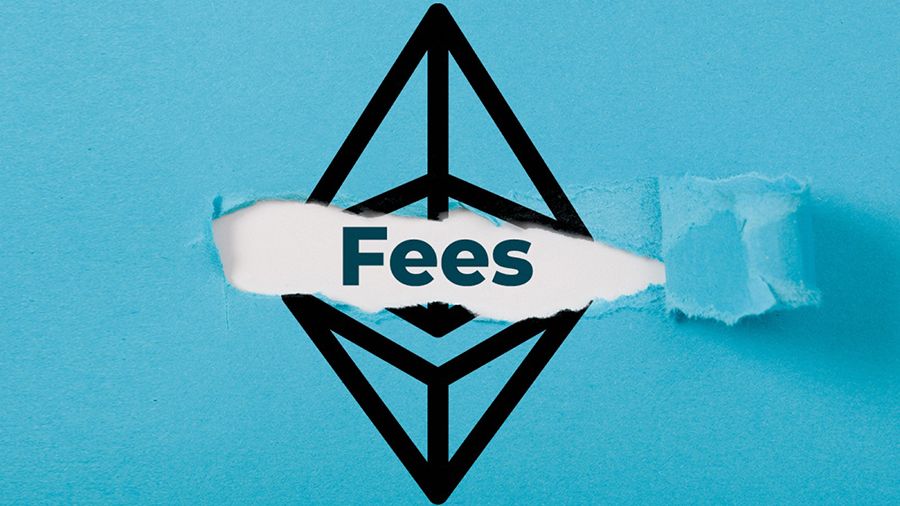Decentralized finance (DeFi) industry experts believe that the launch of Ethereum 2.0 itself will not lead to lower fees on the Ethereum network, so additional solutions are needed.
DeFi industry experts and computer scientists discussed the Ethereum network issues at the China’s DeFi Marathon. 1inch Decentralized Exchange CEO Sergej Kunz, ParaSwap Founder and CEO Mounir Benchemled and bloXroute Labs Co-founder Alex Kumanovic expressed their views on the growth of commissions on the Ethereum network. In their opinion, the Ethereum 2.0 update may not be scalable and secure enough to be applied to custom transactions.
Ethereum 2.0 is a radical upgrade of the Ethereum network with the transition to a new type of consensus. In August, Medalla launched, the final version of the testnet. Vitalik Buterin believes that the deployment of the zero phase of the update should take place this year. While Ethereum 2.0 is designed to accelerate the mass adoption of Ethereum by making it faster and more efficient, Koontz noted that current gas prices could scare off many new users who are entering the DeFi industry. The developers of the update could not have foreseen the hype around DeFi. Koontz said:
“Everything needs to be rethought. You can port smart contracts to code, but it doesn’t scale. To be able to scale, you must create standards and implement new protocols based on a new sharded architecture, such as NEAR, which is similar to Ethereum 2.0. ”
Munir added that even if Ethereum 2.0 can scale, it could take too long. The reason for the delay is mainly related to security. The development team must make sure it is secure enough before launching it. Kunz, Munir and Kumanovich agreed that it is not advisable for all projects to switch to Ethereum 2.0:
“For it to work, all applications must move to a single platform. Large projects may have consensus, but other projects that have plans of their own can be difficult. New “bridges” will be built to provide interoperability. ”
Munir said that some projects are now implementing second-tier solutions to reduce fees. For example, the developers of the popular stablecoin Tether recently unveiled plans to support the ZK-Rollups tier 2 solution to reduce blockchain load and transaction fees.
However, there are difficulties in explaining how such solutions work to end users, as well as the risks that users will not be able to receive their funds instantly. BloXroute is now creating an infrastructure that helps traders trade faster and more efficiently using the Tx Stream project tool, Kumanovich said.
There are three types of API built into the tool, which allow traders to learn about transactions faster. This means that traders are more likely to benefit from CDP liquidation, be able to use arbitrage opportunities, and increase the chances of confirming the transaction in the next block. Kumanovich explains:
“One API allows transactions to reach the mining pool faster than others. The second API is for transaction fees. By examining the entire environment, we can connect traders or all participants in the scheme even before the miners know what is happening. The third API we are working on is designed to provide real-time feedback on traders’ transactions … ”.
In conclusion, Kumanovich said that it will be a long time before the real effect from Ethereum 2.0 appears, and projects need to live their lives before that. The community, transaction creators, miners, and app developers need to work together to co-create solutions and engage users before Ethereum 2.0 is deployed.
Recall that last week the average transaction fee on the Ethereum network exceeded $ 15, and Ethereum co-founder Vitalik Buterin proposed to triple the cost of smart contracts that update the state of the network in order to solve the problem of exponential growth of fees.







